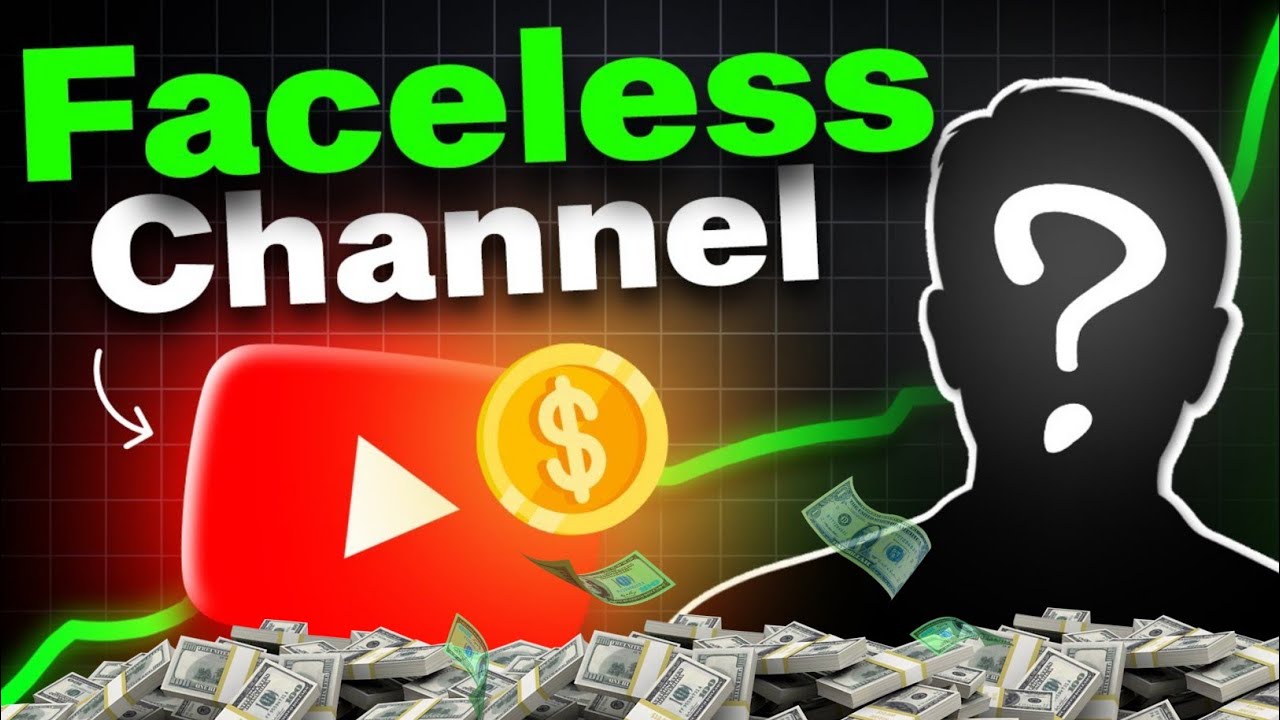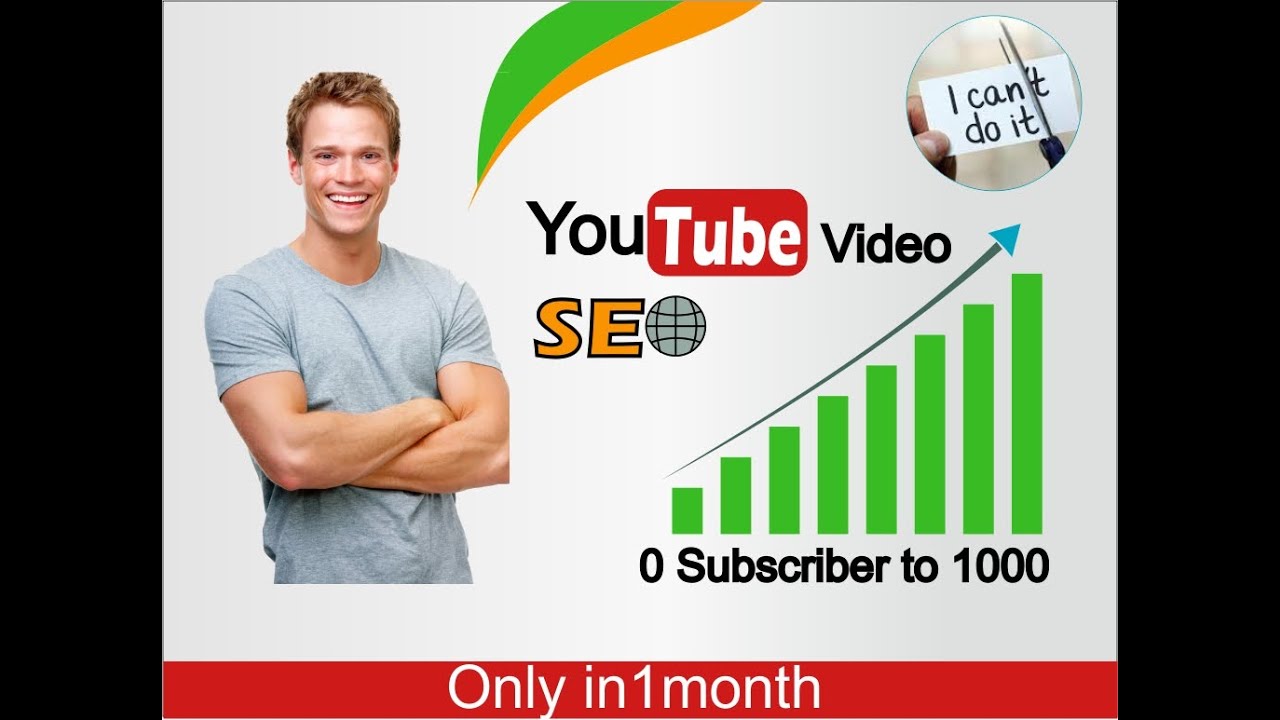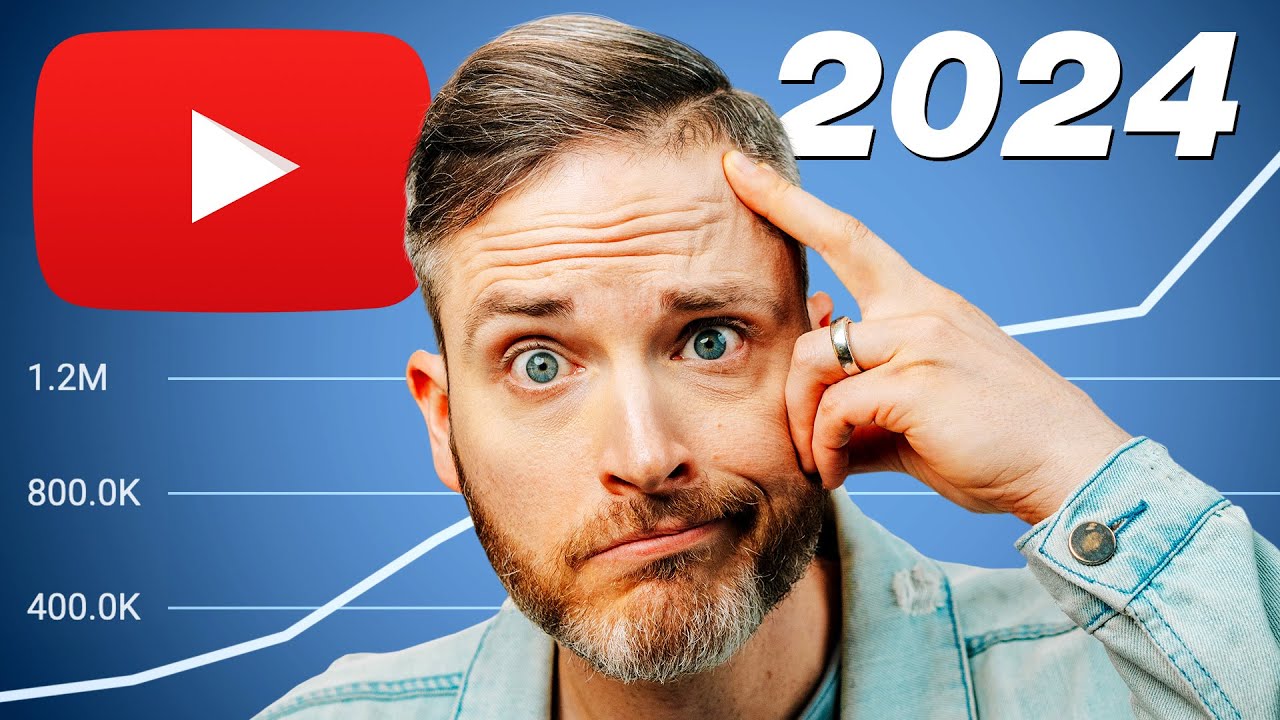YouTube has grown to be an essential part of our daily lives, providing entertainment, education, and connection to a vast world of content. However, many users are experiencing slower performance on the platform in 2024 than ever before. This can be frustrating, especially when you’re looking forward to watching your favorite videos or streaming live events. In this blog post, we’re going to explore the common causes of this slowness and what you might be able to do about it. Let’s dive into the nitty-gritty of YouTube’s performance issues!
Common Causes of YouTube Slowness

Understanding why YouTube may be lagging can save you from unnecessary frustration. Here are some of the most common causes for YouTube's slow performance:
- Internet Connection Issues: A poor internet connection is often the biggest culprit. Slow download speeds or unstable connections can lead to buffering and low-quality video playback. You might want to check your internet speed using a tool like Speedtest.net.
- High Traffic on YouTube: During peak hours, such as weekends or special events, YouTube may experience high user traffic. This increase can stretch the servers thin, leading to slower response times.
- Browser or App Issues: Sometimes the culprit isn’t YouTube but the browser or app you’re using. Outdated browsers or apps can lead to compatibility problems, causing videos to load slowly. Always ensure your application is up-to-date!
- Device Limitations: If you're using an older device with limited processing power or memory, it might struggle to handle high-definition videos, resulting in buffering and choppy playback.
- Background Applications: Having multiple applications running in the background can drain your device’s resources. This can affect your browsing experience, including how YouTube performs.
By identifying these common causes, you can start to troubleshoot and fix the slowness you’re experiencing. Don't get discouraged; there's often a simple solution just around the corner!
Internet Connection Issues

When it comes to enjoying seamless video streaming on YouTube, your internet connection plays a crucial role. Imagine sailing smoothly on a calm sea—this is what your connection should feel like while streaming. However, many users experience slow performance due to a variety of connection-related issues.
Firstly, let’s talk about bandwidth. Your internet speed can be a major bottleneck. A slow connection can result in buffering, pixelation, and reduced video quality. If you’re sharing your connection with multiple devices—like laptops, smartphones, and smart TVs—then that bandwidth gets divided. This can be particularly frustrating during peak usage times. Here are some common scenarios:
- Shared Connections: When family members or roommates are streaming, gaming, or downloading large files simultaneously, your individual streaming experience might suffer.
- Wi-Fi vs. Wired Connections: Wi-Fi tends to be less stable than a wired connection, especially if you’re far from the router. Consider switching to an Ethernet cable for a more reliable experience.
- Network Congestion: During evenings or weekends, many users experience slowdowns due to increased traffic on their local network or even from their Internet Service Provider (ISP).
To counter these issues, it’s advisable to test your internet speed regularly and ensure you have adequate bandwidth for your activities. You might even consider reaching out to your ISP for a plan upgrade if slow performance is a recurring theme.
Device Performance Factors

Have you ever noticed that some devices perform better than others when streaming YouTube? This might not be a coincidence! Device performance plays a pivotal role in how smoothly you can enjoy your favorite content. Here’s what to keep in mind:
Every device has its own specifications, including CPU speed, RAM, and graphics capability. Older devices might struggle with high-definition videos due to outdated hardware. Here's a brief breakdown:
| Device Type | Performance Aspects |
|---|---|
| Smartphones | May lag if running outdated apps or operating systems. |
| Laptops | Performance can be affected by background applications and browser choice. |
| Smart TVs | Older models may lack the necessary updates for optimal streaming. |
In addition to hardware capabilities, software also matters. Outdated applications can lead to slow performance. Regular updates not only enhance security but also improve functionality. Here are some quick tips for improving device performance:
- Close Unnecessary Apps: This frees up processing power for your video streaming.
- Regularly Clear Cache: Clearing cache in your browser or app can improve loading times.
- Keep Software Updated: Make sure your operating system and apps are up to date for optimal performance.
By understanding and addressing these device performance factors, you can significantly enhance your YouTube streaming experience.
5. Browser and App Settings

When it comes to YouTube’s performance, your browser and app settings play a pivotal role that often goes unnoticed. If you're experiencing lag, buffering, or overall slow performance while streaming videos, it might be time to take a closer look at your settings.
Here’s what to consider:
- Browser & App Updates: Ensure that your browser or YouTube app is updated to the latest version. Outdated software can lead to compatibility issues and inefficiencies.
- Clear Cache and Cookies: Over time, your browser accumulates cached files and cookies that can hinder performance. Regularly clearing this data can help improve speed.
- Disable Extensions: Sometimes, browser extensions can interfere with video playback. Consider disabling them temporarily to see if there's an improvement.
- Adjust Video Quality: In your video settings, try lowering the video quality (e.g., from 1080p to 480p). This change can significantly enhance performance, especially on slower connections.
- Enable Hardware Acceleration: Check if hardware acceleration is enabled in your browser settings. This feature offloads video rendering to your GPU, which can offer smoother playback.
- Network Proxy Settings: If you’re using a VPN or proxy server, it could affect playback quality. Try disconnecting to see if performance improves.
By tweaking a few settings here and there, you might just find that YouTube runs significantly better on your device!
6. YouTube Server Status and Load
Ever wondered if the issue is on YouTube’s end rather than your own? That's entirely possible! Understanding YouTube’s server status can be crucial when experiencing slow performance.
YouTube operates on a vast network of servers globally, and with millions of users streaming content simultaneously, they face considerable loads. Here’s what to keep in mind:
- Server Downtime: YouTube occasionally experiences server downtime due to maintenance or unexpected outages. This can lead to slow loading times or buffering.
- Traffic Volume: High traffic during peak hours typically results in slower performance. If it’s a weekend or evening, many users might experience lag due to increased server load.
- Status Checking Websites: Websites like DownDetector can help you check if other users are facing similar issues with YouTube’s performance.
- Regional Issues: Sometimes, specific regions might experience problems due to local outages or network congestion, leading to impaired performance for those users alone.
- Feedback Channels: Staying updated through YouTube’s official channels or social media can give insights into ongoing server issues and expected resolutions.
Being aware of these aspects regarding YouTube's server status can help you determine if it's just a local issue or something affecting users globally. And remember, patience can be key during these times!
Troubleshooting Steps to Improve Performance
If you’re experiencing slow performance on YouTube, don’t worry—you’re not alone! Many users encounter this issue, but several troubleshooting steps can help you get back on track. Here are some practical tips to enhance your viewing experience:
- Check Your Internet Connection: Begin by checking if your internet connection is stable. You can use speed test websites like Speedtest.net to check your download and upload speeds. A minimum speed of 5 Mbps is recommended for standard viewing.
- Clear Browser Cache and Cookies: Over time, your browser collects temporary data that can lead to slowdowns. Clear your cache and cookies through your browser settings to free up space and fix potential loading issues.
- Update Your Browser or App: An outdated browser or app might cause issues. Ensure that you’re using the latest version of your browser or the YouTube app for the best performance.
- Disable Browser Extensions: Some browser extensions can interfere with YouTube. Try disabling them one by one to see if it helps improve performance.
- Test Different Browsers or Devices: If you typically use one browser, try accessing YouTube from a different one. Similarly, testing on another device can help you determine if the issue is device-specific.
- Lower Video Quality: In the YouTube settings, you can adjust the video's quality. If you're experiencing buffering, lowering it to 480p or even 144p may help maintain a smoother playback.
Best Practices for a Smoother Experience
- Regularly Update Software: Keep not only your browser but also your operating systems and drivers up-to-date. This ensures compatibility and optimal performance.
- Use Wired Connections: If possible, connect your device to the internet using an Ethernet cable instead of Wi-Fi. Wired connections tend to be faster and more reliable.
- Limit Background Applications: Close any applications or tabs that are not in use, especially those that consume a lot of bandwidth or resources.
- Set Up Quality Preferences: In your YouTube account settings, set a preferred video quality to automatically adjust to your internet speed while ensuring a smoother viewing experience.
- Schedule Uploads and Streaming: If you’re content-creating, aim to upload videos during off-peak hours. This can reduce strain on your connection and make uploads quicker.
- Use YouTube’s Lite Mode: If your device supports it, enabling Lite Mode can reduce the amount of data YouTube uses, helping improve loading times.
By following these troubleshooting steps and best practices, you’ll likely find that you can enjoy your favorite videos without the frustration of slow performance.
Understanding YouTube's Slow Performance in 2024
In 2024, *YouTube's performance has sparked debate among creators and viewers alike. Several factors contribute to the platform's perceived slowdown, affecting how content is created, discovered, and consumed. This article will explore the key elements impacting YouTube's efficiency in the current landscape.
One significant factor is the increased competition from other platforms like TikTok and Instagram Reels. These platforms focus on short-form, engaging content, drawing audiences away from longer YouTube videos. Additionally, users have become more selective about where to spend their time, contributing to YouTube's declining viewer engagement.
Another aspect is the algorithm changes* YouTube implemented to prioritize certain types of content. While these updates are designed to improve user experience, they can unintentionally limit exposure for smaller creators. This results in a disparity where established channels continue to thrive, while newer ones struggle to gain traction.
| Factor | Impact |
|---|---|
| Increased Competition | Shift of audience to platforms with short-form content |
| Algorithm Changes | Limited exposure for new and diverse content creators |
| Content Saturation | Difficult for viewers to find unique content |
| Ad Revenue Fluctuations | Impact on creators' ability to monetize effectively |
As we analyze these factors, it’s clear that YouTube's slow performance in 2024 stems from a combination of competition, algorithm shifts, content overload, and revenue challenges. Understanding these dynamics is essential for creators and users alike in navigating the evolving digital landscape.
In conclusion, YouTube's slowdown can be attributed to a multifaceted interplay of competition, algorithm adjustments, and market saturation, highlighting the platform's need for strategic adaptations in response to changing user preferences.
 admin
admin








